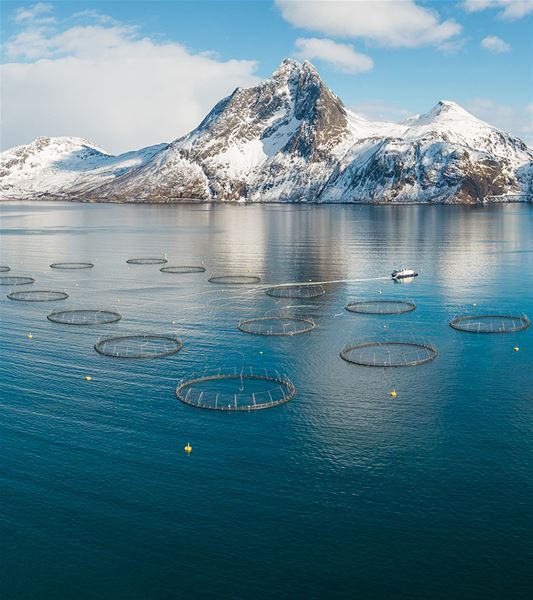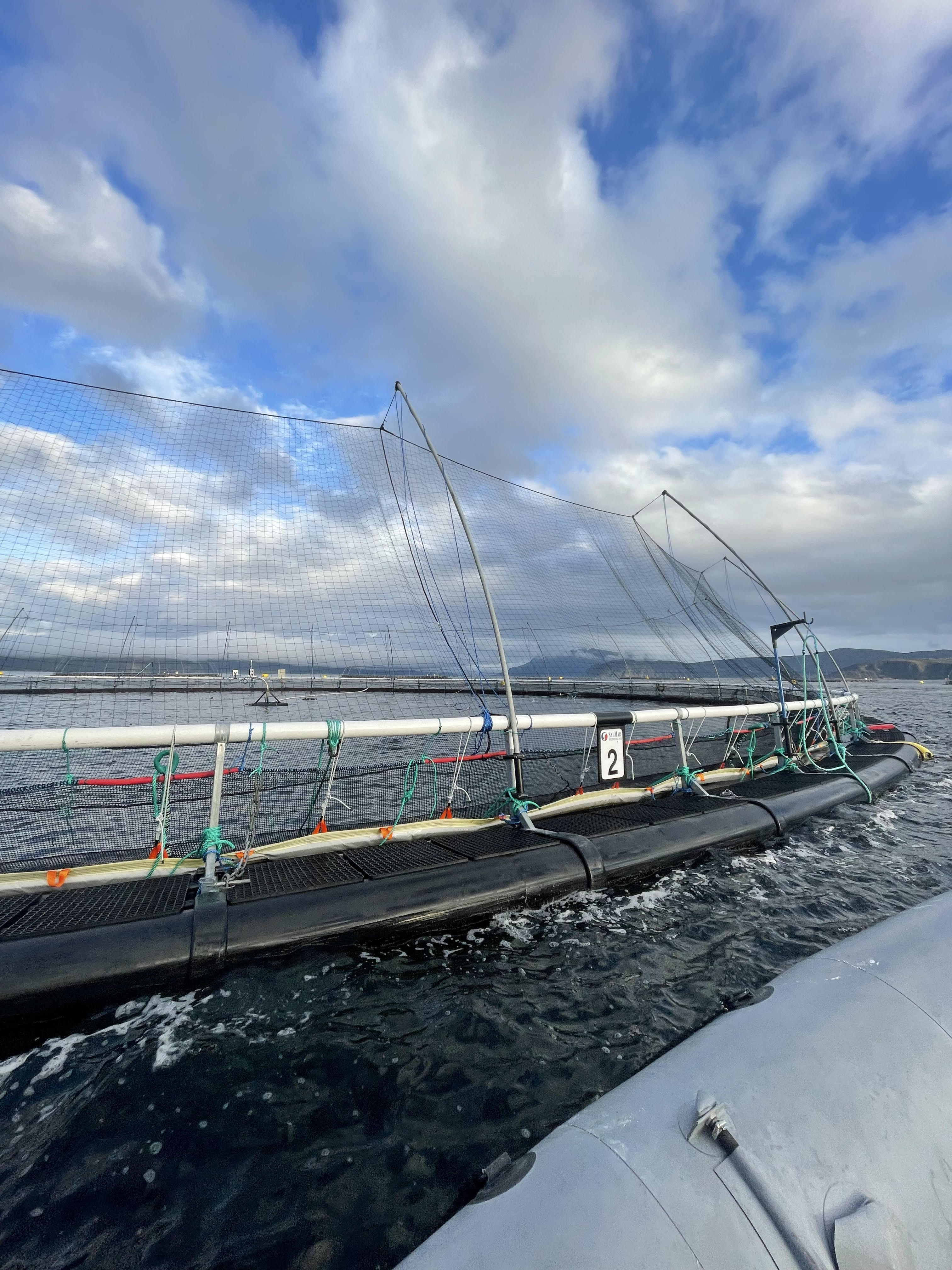
Tromsø Salmon Research Station and SalMar Salmon Center
Hei!
I’ve been having a great time this past week in Tromsø! This small town in the northern part Norway has a lot of history to it. Did you know that Tromsø is the largest fishing port in the arctic Norway? Th main occupation of people living here is in the seafood sector. This city might appear as small, but Tromsø has about 74,000 inhabitants from all different types of races and cultures. Tromsø is the largest urban area in northern Norway and is the third largest north city of the arctic circle in the entire world. This city experiences warmer climate then other places in the north because there is heat from the Gulf streams extensions into the Norwegian sea, which emits into the atmosphere and causes the mild climate in Tromsø. This results with there being an ice free port all year. The first church ever built here was during the 1200’s. In 1960, the bridge was built in order for the people living on the other side of the water to get to church more easily because they used to row by boat to cross the water every Sunday for church service. Tromsø is also known for its successful repetition of being able to see the norther lights. I had an amazing experience here and would recommend others to visit especially if they are interested in visiting Norway.
Since Tromsø is so commonly known for its seafood industry, I also visited the salmon research station and SalMar salmon center. It was very fascinating for me as an Environmental Science and Biology student to see how these facilities have found modern ways to conduct research and run their farms as eco-friendly as possible. At the salmon research station, they use the fish for studies in controlled conditions. The facility compromises many experiment rooms equipped with tanks of different sizes. Heated and cooled water enable each tank to be supplied with water of the desired temperature and salinity. Any season may be simulated regardless of natural light, temperature, and salinity. One of the few experiments I learned about during my visit was about which food (homemade feed, lump fish, or shrimp) help red king crab grow the biggest and healthiest. There is also a fish health laboratory that is designed for challenges studies involving fish. There are strict demands that are placed on such operation and the facility is certified for work involving bacteria and viruses. The laboratory offers a high level of flexibility in the choice of tank, water quality, temperature, light regime and feeding routine. This offers the possibility to carry our experiments on many fish species in different life stages and with different demands on the environment. At the SalMar salmon center, they on average can fit about 200.000 salmon fish into one pen at the farm located in the ocean. They use a genetically controlled system that allows the fish to grow up with their mother and father and live for several years. They have a well throughout program on the farm that prevents fish from escaping and interacting with the wild salmon in the area. They also have placed the salmon farm in areas of the ocean that are very deep with strong currents that way they prevent feed accumulating at the bottom of the ocean and sulfuric acids affecting the surrounding wildlife. Occasionally, they will test wild salmon around the farms to make sure that they are not eating the specialized feed created for their farms or interbreeding with their kept salmon. One of the things that fascinated me the most about SalMar salmon center is that they use a specialized laser system that kills and regulates the amount of sea lice ratio to salmon, and vaccinate their fish so that they do not get sick or spread disease. After my visit, I was shocked and impressed with how modern Tromsø’s fish industry has become. There are many fish farms in the United States that are not as eco-friendly to the environment and biodiversity. I hope I can take what I have learned from these two facilities and hopefully use it towards my future studies as an Environmental Science and Biology student.

